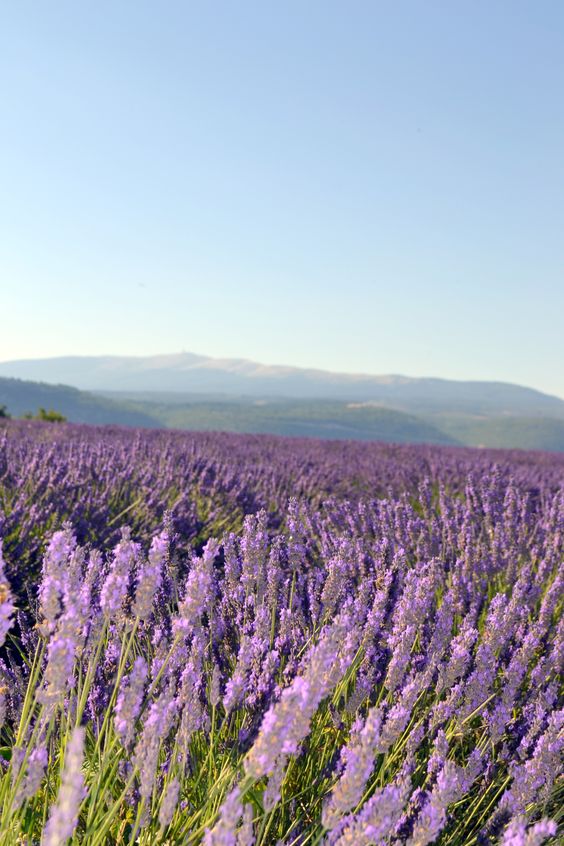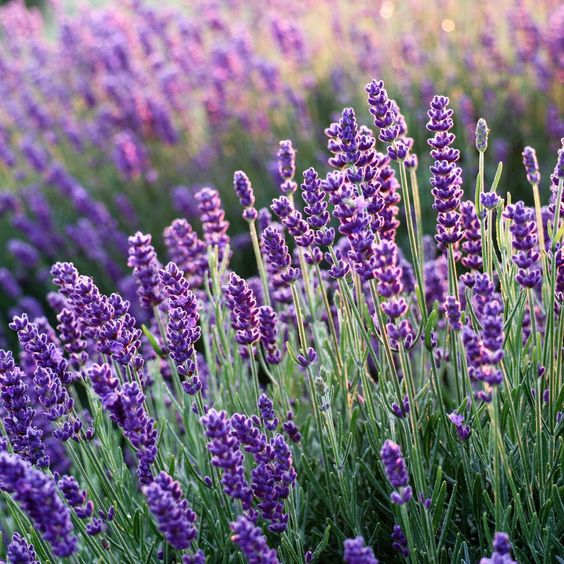Is your lavender plant turning yellow or struggling to thrive? Don’t give up just yet! With the right care, you can revive a dying lavender plant and bring it back to health. While lavender is generally low-maintenance, it does need specific conditions to flourish. If your plant was doing well but has recently taken a turn for the worse, it might be facing fungal issues. In this guide, we’ll explore how to rescue a lavender plant by first identifying what’s causing the problem. Once you know the issue, you can address it directly—or decide if it’s time to move on.
IDEAL LAVENDER GROWING CONDITIONS

Keep in mind that lavender originates from the Mediterranean region, so it thrives best in conditions that mimic its natural environment. Even in colder climates, you can maintain healthy, vibrant lavender plants if you provide the right care:
- Full sunlight
- Poor, well-draining soil
- Infrequent watering (about once every two weeks)
If your lavender isn’t experiencing these conditions, it may begin to struggle. Before attempting any drastic measures, focus on adjusting these factors to help your plant recover.
HOW TO SAVE A DYING LAVENDER PLANT
PRUNE TWICE A YEAR
Pruning your lavender is crucial for promoting healthy root growth and removing old, unproductive stems. Aim to prune in early spring before flowering and again in late summer or early fall after the blooms have faded.
While there are several potential challenges with growing lavender, keeping it simple is key. Remember that lavender is drought-tolerant and thrives in sunny, rocky environments. By replicating these natural conditions, you’ll enjoy beautiful, fragrant blooms for years to come.
TACKLE FUNGAL INFECTIONS
Lavender can fall victim to several pests and diseases, often indicated by changes in the plant’s color.
- Gray lavender: This may signal a fungal infection in the root system. To address this, trim away dead sections, apply a fungicide, and replant the lavender in fresh, well-draining soil.
- Yellow, curled leaves: This is likely caused by alfalfa mosaic virus, which spreads through insects or contaminated tools. To prevent further contamination, sanitize your garden tools and remove and destroy the infected plant to protect others from the virus.
PROTECT FROM FROSTS
In colder regions, lavender is best grown as a container plant so it can be moved indoors during the winter to protect it from frost and snow.
In temperate climates, it’s safe to plant lavender outdoors or leave it outside year-round. However, if your plants are not shielded from cold weather, you may see signs of frost damage, such as gray leaves, or the plant may die due to the freezing conditions.
FOSTER NEW GROWTH
For woody lavender plants, trim just a few inches of green growth from the tops of the branches. While the woody stems themselves won’t produce new growth, a light pruning can help direct energy toward the younger, more productive parts of the plant, encouraging healthier growth overall.
GET A BIGGER POT
As lavender plants mature, they may outgrow their containers. Luckily, this is easy to fix. Select a larger container and fill it with a lavender-friendly soil mix for optimal growth. Before transplanting, gently loosen the roots to help them spread out in their new pot. Signs that your plant is root-bound include minimal growth and roots growing out of the drainage holes. Repotting in a larger container will give the plant the space it needs to thrive.
MORE SUNLIGHT
Keep in mind that all lavender varieties thrive in full sunlight. If your plant isn’t getting enough light, try relocating it to the sunniest spot in your garden. For indoor lavender, place it near a bright window, and during winter, consider using a grow light to ensure the plant gets the light it needs to stay healthy.
DECREASE SOIL ACIDITY
While lavender can tolerate acidic soil, it thrives in slightly alkaline conditions. If you notice fewer flowers and minimal growth, consider adding a pinch of pelleted lime to your container to help adjust the pH. This simple addition can create a more favorable environment for your lavender, promoting healthier growth and abundant blooms.
REDUCE SOIL QUALITY
It may seem counterintuitive, but lavender plants actually prefer poor soil. If you’ve been using conventional potting mix or compost, you might be providing too many nutrients, which can hinder growth.
Instead, consider using a sterile planting medium, such as the propagation mixes used by professional nurseries. Alternatively, you can create a batch of potting soil specifically for lavender (linked above) and replant your plants to give them the ideal conditions they need to thrive.
IMPROVE SOIL DRAINAGE
If you’ve been watering infrequently and still notice soggy soil, it’s crucial to improve drainage or change the soil, as lavender does not tolerate wet roots.
For container plants, consider adding more drainage holes if possible. Amend the soil by mixing in pea gravel, which helps enhance drainage. In some cases, it might be best to completely replace the soil with a lavender potting mix designed for optimal drainage.
For lavender planted in the ground, if you have clay soil, it’s likely retaining too much moisture. To remedy this, supplement your garden beds with pea gravel or vermiculite to improve drainage. Also, refrain from watering until the soil has dried out adequately.
ADJUST YOUR WATERING SCHEDULE
If you’ve been watering your lavender plant more than twice a week, it may be receiving too much water. Excessive moisture can lead to issues like root rot, causing the roots to deteriorate.
Signs of overwatering include yellow leaves and consistently wet soil. Allow your plant some time to dry out; if it’s not too far gone, it should recover.
On the other hand, if your lavender is turning brown or drooping, it might not be getting enough water. Start by watering your plant 1-2 times per week, then transition to watering once every two weeks once it’s established.
FAQS
1. Why is my lavender plant dying?
Lavender plants can suffer and die due to several factors, including over-watering, excessive fertilization, acidic soil, diseases, pests, or insufficient sunlight.
2. Can dead lavender come back?
If your lavender plant is genuinely dead, then no, it can’t be revived. However, during the colder months, your plants may appear lifeless when they are actually still alive. Pruning them in the spring can provide a boost, and they should grow beautifully.
3. How many years does lavender last?
Lavender is a perennial plant that can thrive for many years—up to around 20—with proper care. To ensure its longevity, plant lavender in a sunny location with well-draining soil, and prune it twice a year to prevent it from becoming woody.
CONCLUSION
By following these steps and paying close attention to your lavender plant’s needs, you can successfully revive a dying plant and enjoy its beauty for years to come. Remember, patience and persistence are key. With a little TLC, your lavender plant will thrive and fill your garden with its fragrant blooms.







